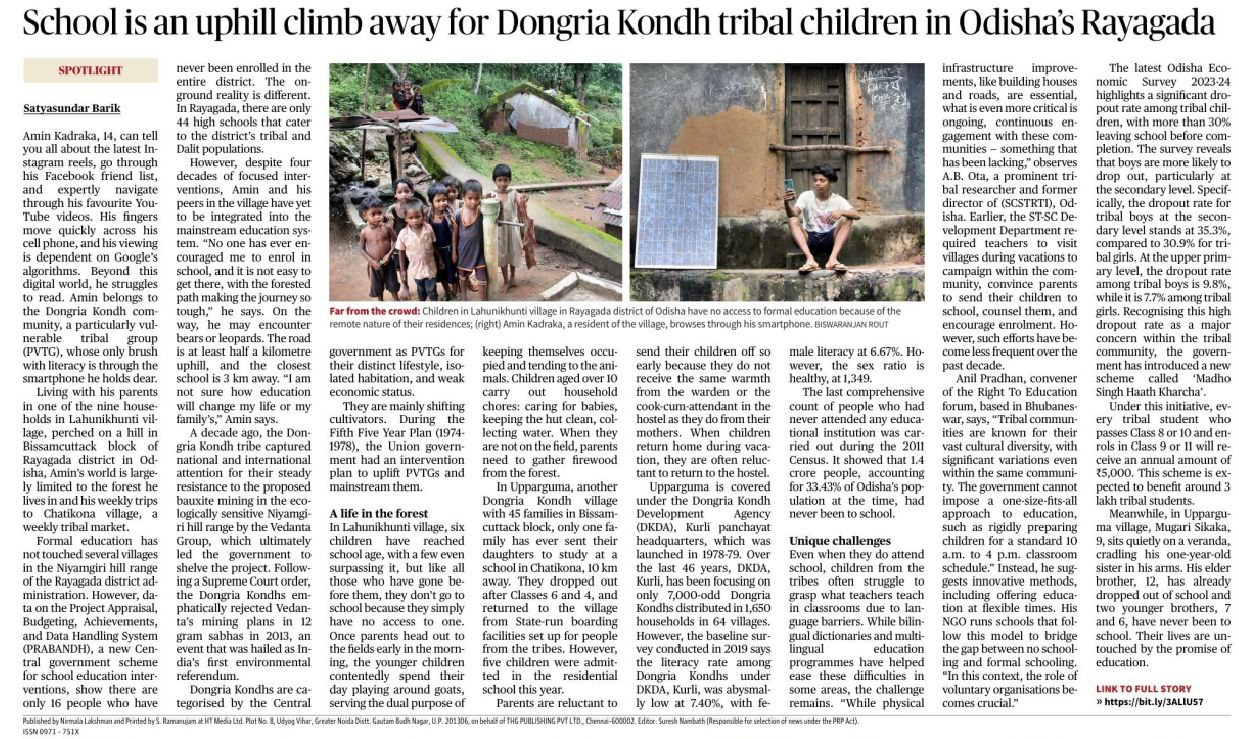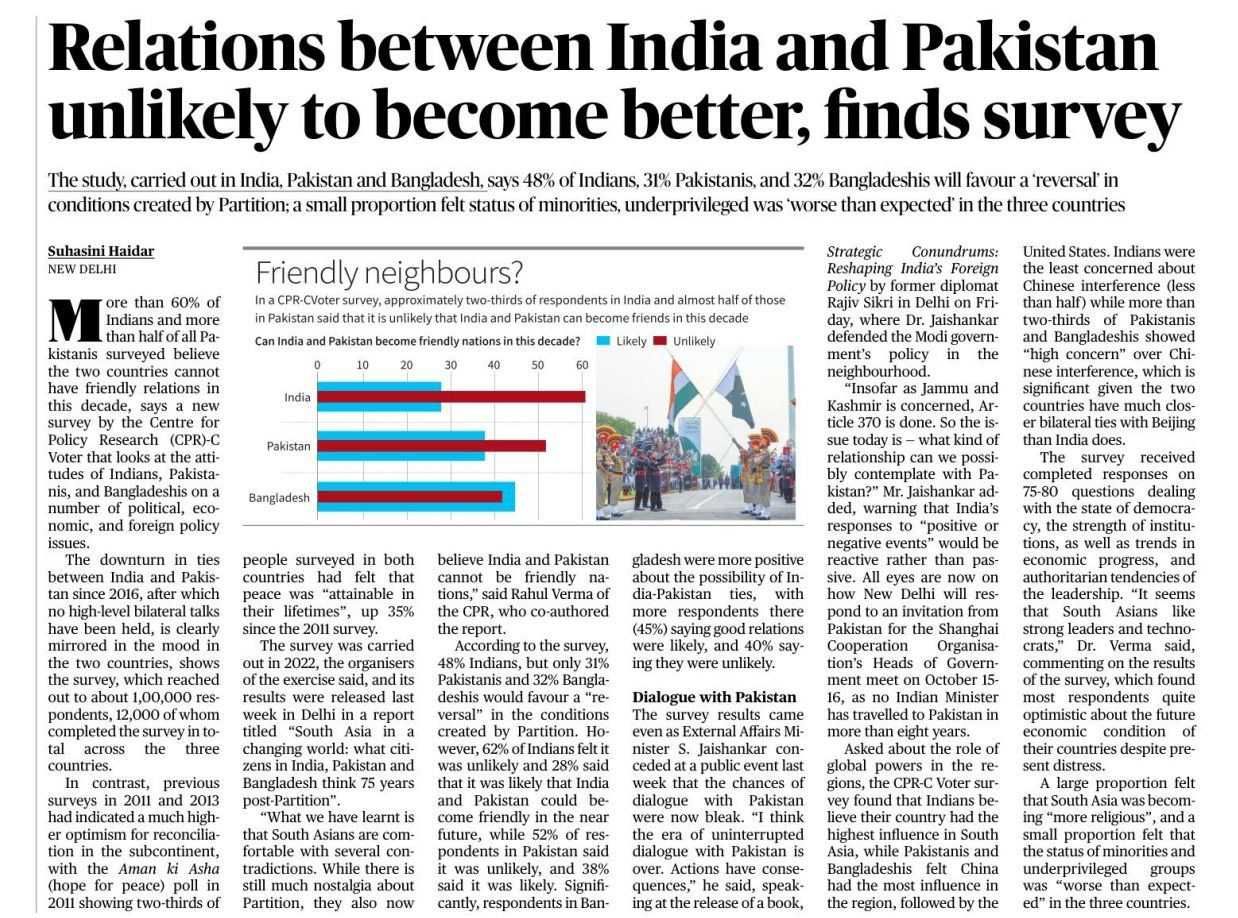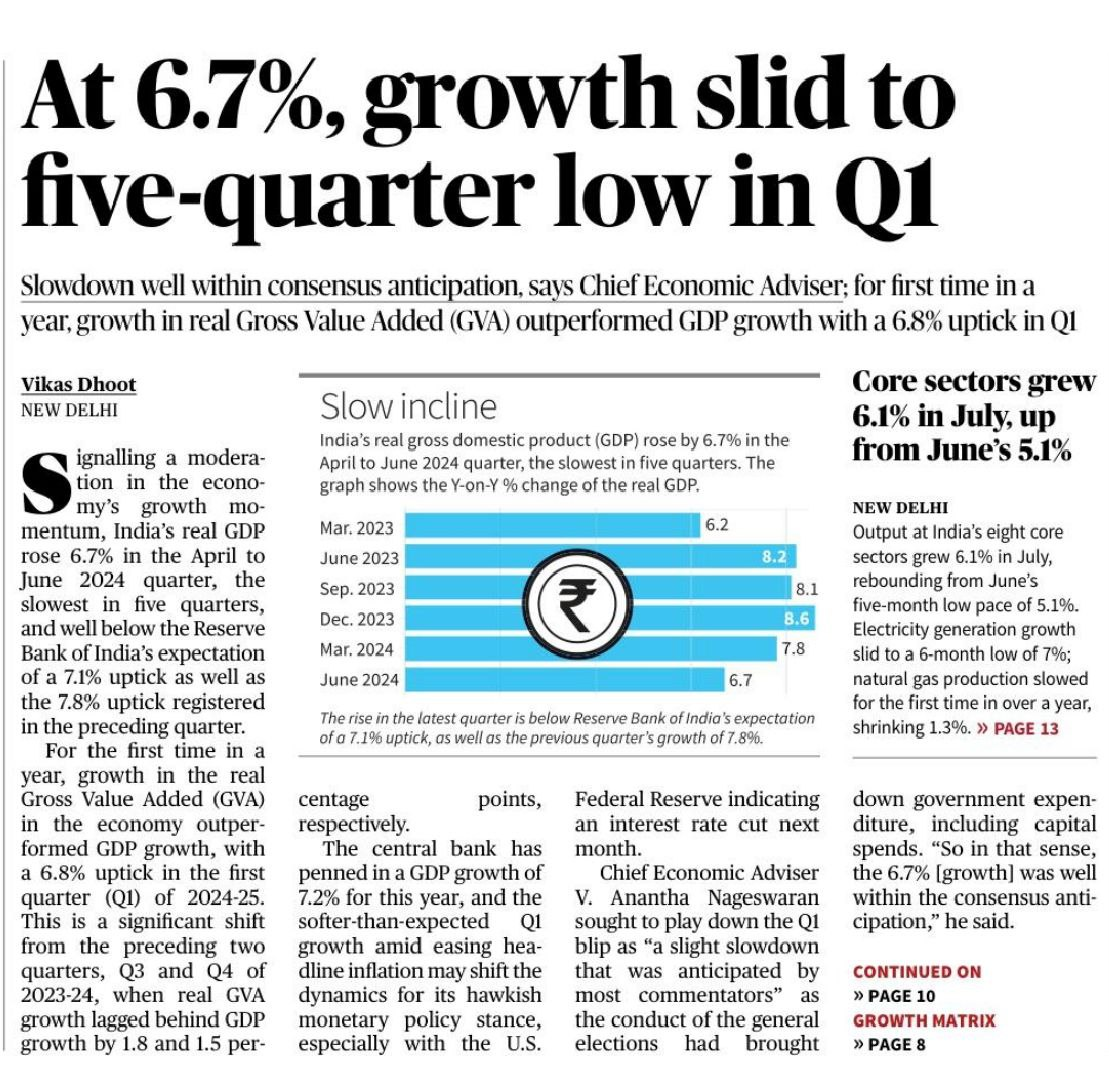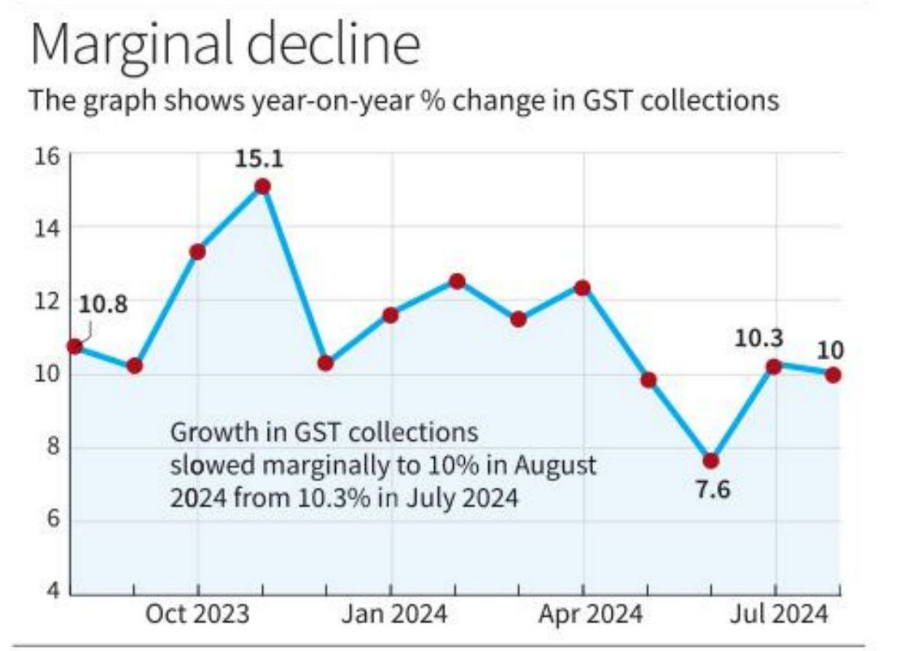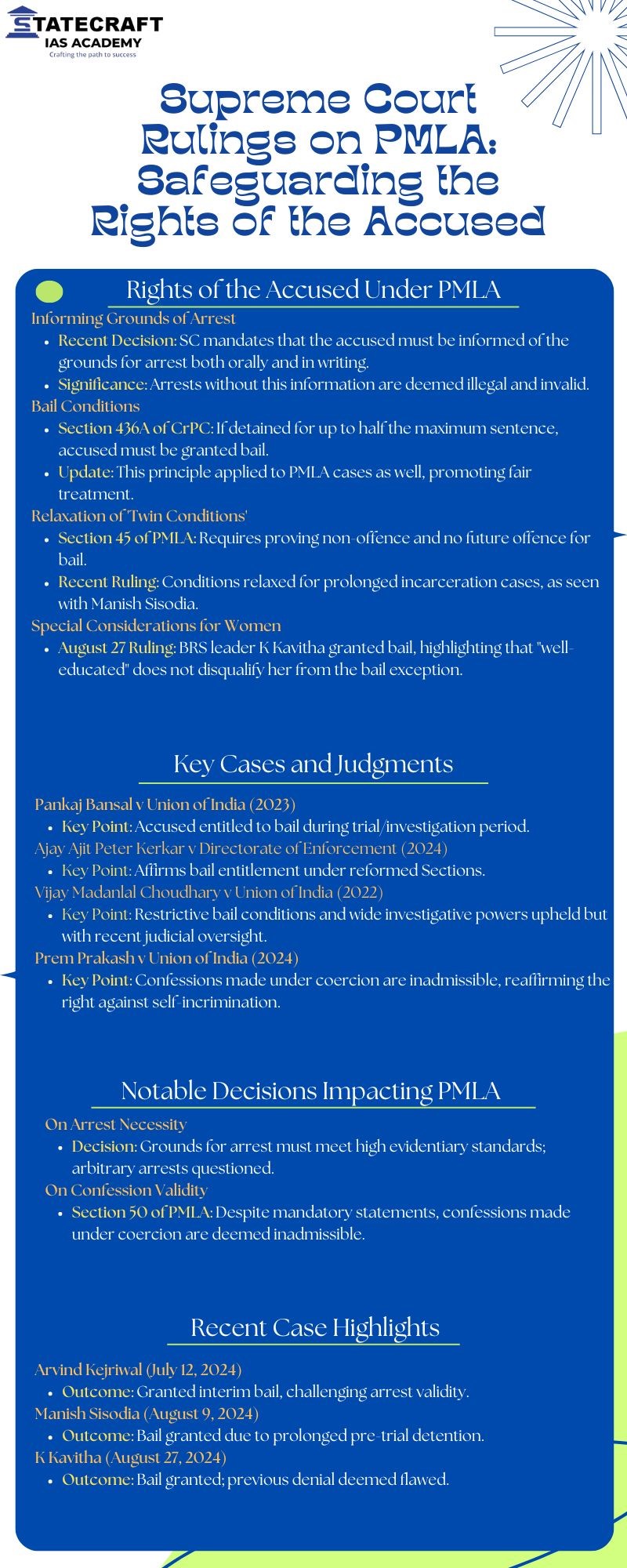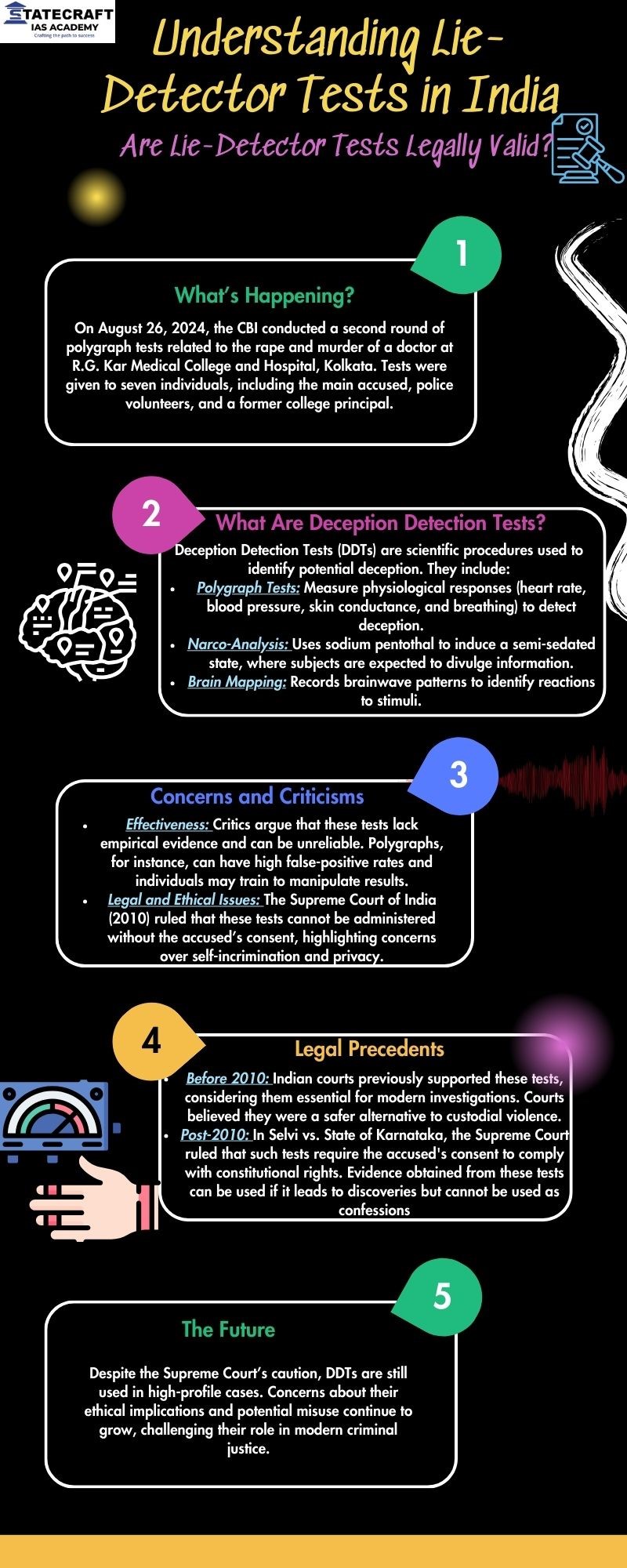Index:
- Dongria Kondh Tribal Children's Education Challenges
- India-Pakistan Relations Survey Findings
- President Murmu's Address on Judicial Delays
- Analysis of India's Q1 FY 2024-25 GDP Growth and Economic Outlook
- Debate on Caste Census and Its Implications
- Reasons for the Slippage in GST Collection in August 2024
- Sports: Gold in World Deaf Championship
- SC Ruling PMLA
- Lie Detector Test - Validity
1. Dongria Kondh Tribal Children's Education Challenges
Background:
- Community: Dongria Kondh, a particularly vulnerable tribal group (PVTG) in Rayagada district, Odisha.
- Literacy: Extremely low, children are primarily exposed to technology through smartphones but lack formal education.
- Geographical Barriers:
- Villages are located on hills; closest schools are 3 km away.
- Difficult terrain and fear of wild animals make access to education challenging.
- Economic and Social Factors:
- The community primarily engages in subsistence activities such as farming and forest product collection.
- Lack of integration into mainstream education due to historical neglect and socio-economic vulnerabilities.
- Education Infrastructure:
- Only 44 high schools in Rayagada, mainly serving tribal and Dalit populations.
- Despite government efforts, such as the inclusion of PVTGs in Five-Year Plans and educational interventions, challenges remain.
- Dropout Rates and Gender Disparity:
- High dropout rates among tribal children, especially boys at secondary levels.
- Girls have a higher retention rate but still face significant challenges.
- Government Initiatives:
- Union government efforts under the Five-Year Plans and the introduction of schemes like “Madhubabu Aain Sathi” for improving literacy and school attendance.
- Odisha Economic Survey 2023-24 highlights the critical need for infrastructure improvements and continuous engagement with tribal communities.
- Cultural Challenges:
- Traditional lifestyle and livelihood practices limit educational pursuits.
- Social attitudes and fear of cultural erosion also contribute to the reluctance in embracing formal education.
2. India-Pakistan Relations Survey Findings
Context:
- Survey by: Centre for Policy Research (CPR) in collaboration with C-Voter.
- Countries Covered: India, Pakistan, and Bangladesh.
Key Findings:
- Historical Context:
- Deterioration of ties post-2016, with no high-level bilateral talks since then.
- Past surveys (2011, 2013) were more optimistic, especially with peace initiatives like the Aman Ki Asha.
- Peace Prospects:
- Survey indicates that fewer respondents now believe peace is “attainable in their lifetimes” compared to 2011.
- 48% of Indians, 31% of Pakistanis, and 32% of Bangladeshis believe a “reversal” in conditions created by Partition might be necessary for improved relations.
- Strategic Concerns:
- High concern among Pakistanis and Bangladeshis regarding Chinese interference, with more than two-thirds highlighting it.
- Indians were least concerned about Chinese interference but expressed concern over Pakistan’s relations with China.
- Future Outlook:
- Majority of respondents from all three countries are pessimistic about a significant improvement in relations between India and Pakistan in the near future.
- 45% of Bangladeshis believe that good relations are possible, compared to 52% who are doubtful.
- Broader Regional Implications:
- The survey suggests that South Asia has become more “religious,” and there is growing concern about the status of minorities and the underprivileged across the region.
There is significant concern about authoritarian trends and the economic condition of the surveyed countries.
3. President Murmu's Address on Judicial Delays
Key Issues Highlighted:
- Judicial Delays:
- Murmu expressed concern over delays in delivering justice, particularly in heinous crimes such as rape. Delays often result in a lack of sensitivity in the judicial process, leading to a diminished public trust in the justice system.
- Impact on the Poor:
- The poor, especially from rural areas, are often hesitant to approach courts due to the fear that the judicial process might worsen their situation, termed as the “Black Coat Syndrome.”, like “White Coat Syndrome” in hospitals.
- Judicial delays and the “culture of adjournment” are major deterrents for the underprivileged seeking justice.
- Pending Cases:
- The President pointed out that when decisions in heinous crimes are delayed by decades, it reduces the impact and significance of the verdict.
- Example cited: A POCSO court in Ajmer convicted individuals 32 years after the crime, highlighting the inefficiency in case resolution.
- Judicial Reform:
- Emphasized the need to modernize the judiciary, reduce case pendency, and fill vacancies (28% judicial, 27% non-judicial).
- Infrastructure and Inclusivity:
- Address court infrastructure gaps, ensuring accessibility and inclusivity, particularly for women, disabled, and marginalized groups.
- Ongoing Initiatives:
The Supreme Court’s plan to reduce case arrears includes district-level case management and new, practical judicial training curricula.
4. Analysis of India's Q1 FY 2024-25 GDP Growth and Economic Outlook
Economic Performance Overview:
- GDP Growth:
- India’s economy grew at 7% in Q1 (April-June 2024), marking a five-quarter low. This growth was below the RBI’s expectation of 7.1%, primarily due to subdued government spending and sluggish growth in both the farm sector and parts of the services economy.
- Gross Value Added (GVA):
- GVA growth was 8%, slightly higher than GDP growth, reflecting variations in sectoral contributions.
Sectoral Performance:
- Agriculture:
- Growth Rate: 2% in Q1, an improvement from 1.4% in the previous year but still below the long-term average.
- Factors: Heatwaves impacted agricultural output. However, a good monsoon could enhance performance, supporting rural consumption and potentially moderating inflation.
- Manufacturing:
- Growth Rate: 7%, down from 8.9% in Q4 of the last fiscal year.
- Industry Insight: Industrial production grew by 3.8% in Q1. Sales of private non-financial companies rose by 6.9%, with a significant net profit increase of 14.2%.
- Construction:
- Growth Rate: 10.5% in Q1, up from 8.7% in the previous quarter.
- Sector Health: The sector maintained strong momentum, with healthy steel production, though cement output showed moderation.
- Services:
- Key Segments: Financial, real estate, and professional services grew faster than trade, hotels, and transport.
- Consumer Spending: Increased by 7.4%, despite a dip in urban consumer sentiment.
Key Factors Influencing Growth:
- Monsoon and Agriculture:
- The economic outlook was heavily dependent on a normal monsoon to boost farm sector output and ease inflation. Although better than the previous year, the monsoon has been erratic, affecting farm GVA.
- Private Consumption:
- Private consumption rebounded, reaching a six-quarter high of 7.4%, driven by easing inflation. However, elevated food prices could constrain sustained consumption growth.
- Government Spending:
- The government planned to increase capital expenditure by 17% to ₹11.11 lakh crore, essential for bolstering economic growth, particularly amid weak rural demand. Election-related delays have, however, impacted public capital expenditure, emphasizing the need for faster implementation.
Outlook and Challenges:
- Projections:
- The RBI projects a potential growth rate of 5% to 7% for FY 2024-25, but medium-term expectations are around 6.5%, which is viewed as insufficient for India’s growth potential.
- Key Risks:
- Erratic monsoon patterns and inflationary pressures pose significant risks. The RBI’s monetary policy committee flagged a potential 1% GDP growth loss over the next two years if interest rates are delayed.
Reform Imperatives:
- Urgency for Reforms:
- There is an urgent need for comprehensive reforms across various sectors to unlock India’s growth potential. Improving efficiency in governance, infrastructure, and the judiciary is critical for sustaining economic growth.
- Long-term Growth:
To capitalize on India’s demographic advantage, it is crucial to implement reforms that foster employment opportunities and accelerate economic progress
5. Debate on Caste Census and Its Implications
Context:
- The article discusses the implications of conducting a caste census in India, arguing that it could weaken social cohesion and undermine the goal of achieving a casteless society.
Key Arguments against Caste Census:
- Historical Precedent:
- The inclusion of religion in British-era censuses led to divisions and eventually contributed to the Partition of India. Similarly, a caste census could aggravate social differences and splinter national unity along caste lines.
- Impact on Social Cohesion:
- Caste-based data collection could strengthen identity politics and deepen societal divides, making it harder to achieve the goal of a unified and casteless society.
- The article argues that caste-related preconceptions and biases are already deeply ingrained, and formalizing these distinctions through a census could exacerbate discrimination and social stratification.
- Undermining National Integrity:
- Adding caste data to the official census is seen as a step backward, with the potential to perpetuate caste identities rather than diminish their importance.
- The authors suggest that this could derail efforts towards creating a more inclusive society and threaten the national integrity of India.
- Contradiction to Constitutional Mandates:
- The article highlights that a caste census could be at odds with the Supreme Court’s directives aimed at ensuring removal of caste-based identifiers in public spaces.
- Conducting a caste census may also conflict with the constitutional mandate to promote a casteless society.
- Erosion of Personal Identity:
- Unlike religion, which has personal significance, caste in contemporary India has no functional relevance in individual lives, particularly in urban areas where inter-caste marriages are common, and many do not identify with a specific caste.
A caste census could force individuals to identify with a caste, thereby entrenching the caste system further.
6. Reasons for the Slippage in GST Collection in August 2024
Key Points:
- Overall Decline in Net GST Receipts:
- Net GST receipts growth slipped to 5% in August 2024, down from 10.3% in July 2024, making it the second weakest growth in the current financial year.
- Impact of Refunds:
- A significant part of the decline in net GST receipts in August can be attributed to a 2% sequential spike in tax refunds, totaling ₹24,460 crore, which is a 38% increase from the previous August.
- The rise in refunds was due to a large number of refunds processed in August, affecting net revenue collections.
- Variations in State Collections:
- Six states experienced a contraction in revenues compared to last August. These states include:
- Meghalaya and Nagaland (-18% each)
- Mizoram (-13%)
- Chhattisgarh and Arunachal Pradesh (-10% each)
- Andhra Pradesh (-5%)
- Manipur saw the highest growth in GST revenues (38%) due to a lower base from last year when the state was impacted by unrest.
- Six states experienced a contraction in revenues compared to last August. These states include:
- Lower Domestic Transactions Growth:
- Domestic transactions saw only a 9% growth, after refunds were factored in, showing a slowdown from the previous month.
- Revenues from goods imports rose by 1%, slightly lower than the 14.2% growth seen in July.
- Impact of Economic Activity:
- GST revenues generally reflect the economic activity of the preceding month. Therefore, the lower collections in August are likely a reflection of weaker economic activity in July.
- Provisional Nature of Data:
The Central Board of Indirect Taxes and Customs (CBIC) indicated that the August GST revenue figures are provisional, and the final numbers may vary slightly upon finalization.

